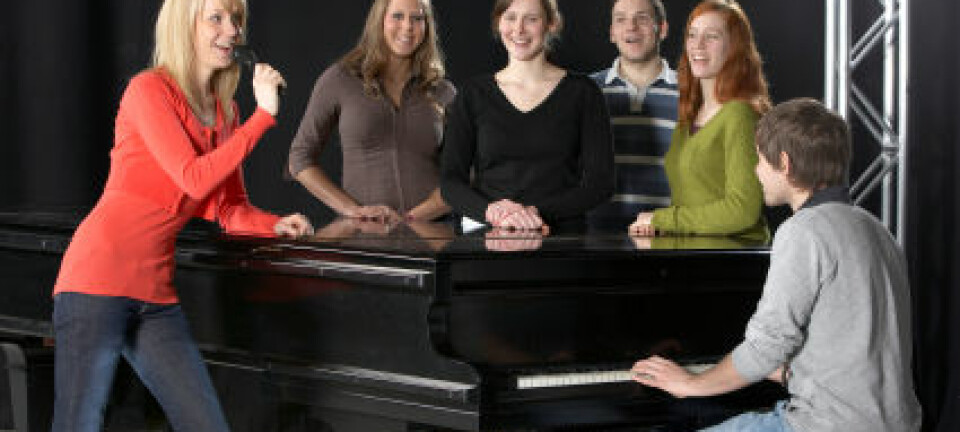
Treating lumbar pain physically and mentally
Removing the fear of acute aches and changing ways we move can reduce sick leaves resulting from lower back problems.
Denne artikkelen er over ti år gammel og kan inneholde utdatert informasjon.
Non-specific lower back pain, which lingers for days and returns intermittently, is one of the most costly maladies for the Norwegian health services.
Once a person suffers chronic lumbar pain, the fear of the discomfort itself can make a sufferer compensate the wrong way, overloading and straining muscles which simply reinforce the pain.
Researchers from Bergen have found a new individually adapted and targeted method for treating lumbar patients, which they have reported in the European Journal of Pain.
“We show that the probability of taking sick leave due to back problems in a 12-month period is three times less when using the new method,” says Postdoc Kjartan Vibe Fersum of the University of Bergen (UiB).
“Working ability and functionality are both increased,” he adds.
They call their method classification-based cognitive functional therapy.
It involves listening to how patients describe their back pains. Then health personnel tailor a regimen aimed at altering the patient’s apprehensions while teaching better ways of using muscles and joints.
Less risk of relapse
The chances for a return of backache are lower for the patients who received this functional therapy.
The researchers also detected less fear of activity, and a considerable easing of pain, than was observed in the study’s control group.
The patients in the control group received specific treatment for their aching joints by a manual therapist, which also included special exercises.
In Norway a manual therapist is a physical therapist with an additional two-year education, who can treat musculoskeletal pain and disability.
Fersum is a part-time manual therapist at a private clinic in addition to his position conducting research at the UiB.
Better results than manual therapy
Fersum and colleagues show in their study that manual therapy does indeed have an effect, but patients who were treated with their new method benefited even more.
A key element of cognitive functional therapy is to avoid administering a standard, pre-defined treatment scheme to patients with diverse back pain problems.
“When you have a rigid regime for large groups of patients with a variety of problems, some will often experience improvements, but quite a few will also get worse,” says the researcher.
No universal praise
Fersum admits that not all manual therapists are going to be jumping for joy to hear that the new method gave better results than the form of therapy they are trained to practice daily.
“Some will no doubt find our results perturbing,” says Fersum.
The study entailed 121 persons aged 18-65 with non-specific chronic lumbar pain. They were given treatment for 12 weeks and then followed up for 12 months.
“Even though the patient aches with pain, it’s important to keep in mind that moving about is not injurious. But such positive attitudes themselves are not sufficient to cure lumbar pain. The body’s ways of moving need to be changed and the patient has to exercise and readjust,” says Fersum.
Other factors
Fersum thinks the treatment of lower back pain in the health services is often dominated by a pathological approach, in the sense that the focus is one-sidedly directed at infirmity.
“The findings from CT and MR scans often dictate the treatment much too mechanically, without any evaluation of factors such as neurophysiology, lifestyle and social issues.”
“We’ve developed a system which includes individual, classification-based measures that take these dimensions into account.”
“Now we are working to make doctors and physiotherapists aware of the method. I really don’t think it is hard to implement,” says Fersum.
----------------------------------
Read the Norwegian version of this article at forskning.no
Translated by: Glenn Ostling

































